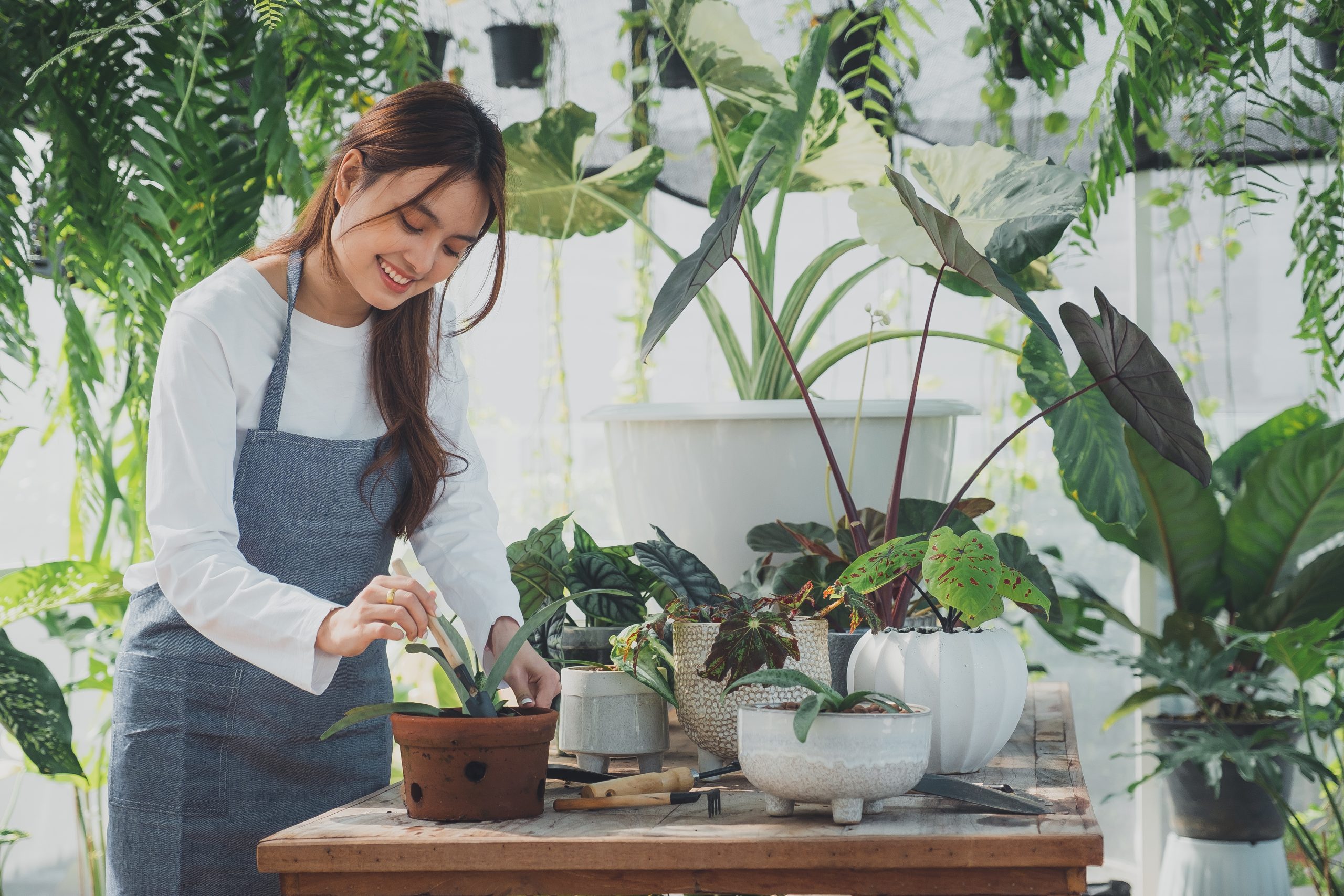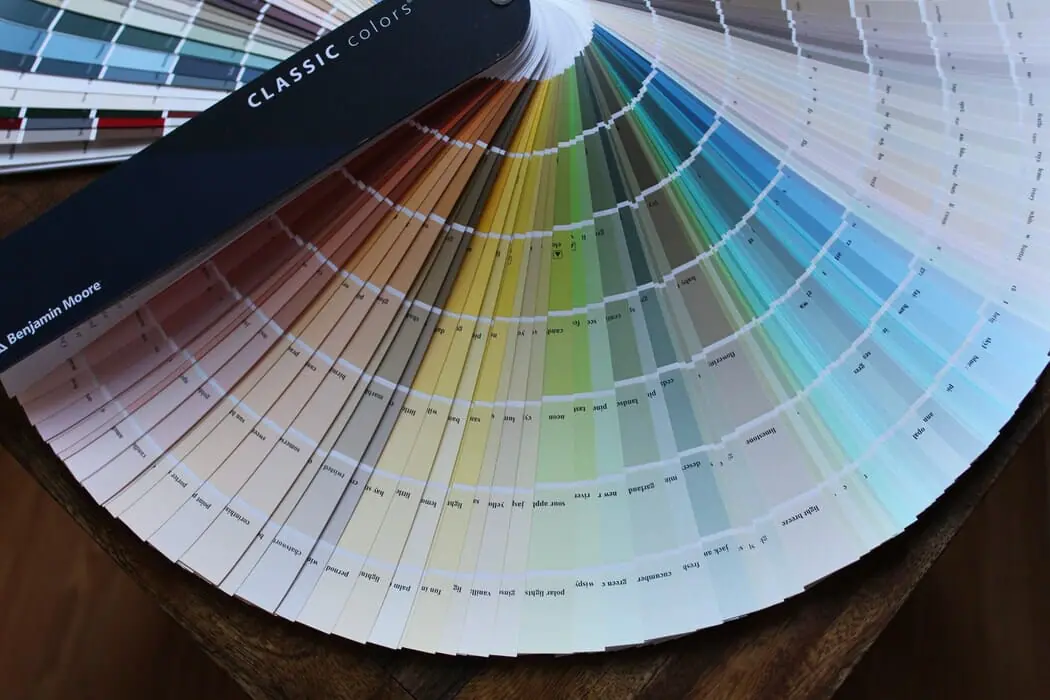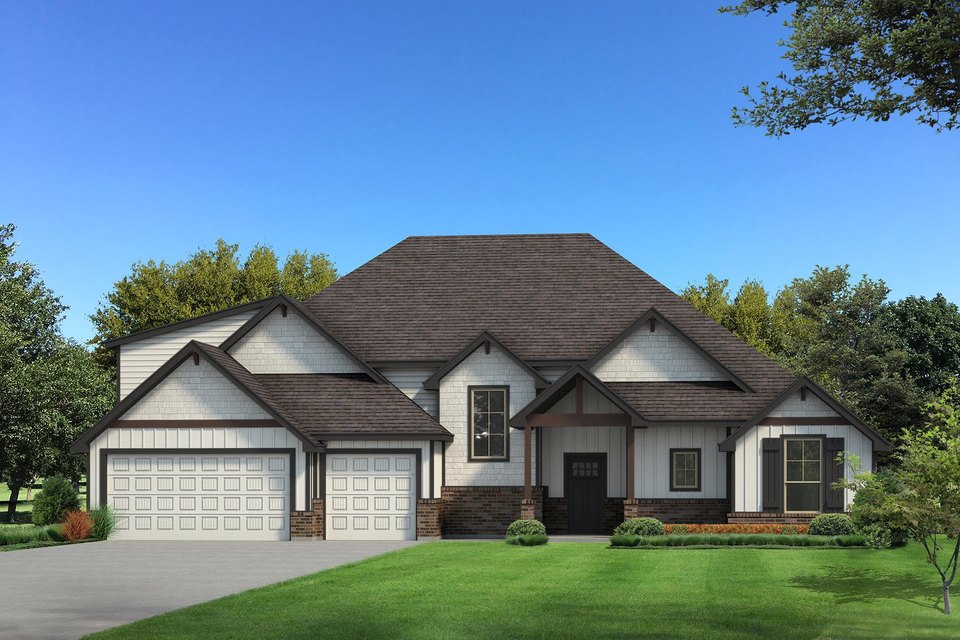By employing proper techniques and preparation, it is feasible to establish an environmentally friendly and aesthetically pleasing garden. With the right preparation and techniques, it’s possible to create a garden that is both eco-friendly and beautiful. All you need are some tips and tricks to help you get started. From understanding your soil quality to choosing native plants, this article will give you the essential knowledge needed for creating a sustainable garden.
Understanding Your Garden’s Needs
Before you start creating your sustainable garden, it’s important to understand the specific needs of your garden. Consider the size of your garden bed and what type of soil it has. Knowing the pH level and texture of your soil will help determine which plants are best suited for growing in that environment.
Additionally, be mindful of how much sun or shade your particular area receives throughout the day. All these factors can have a huge impact on the growth and health of your plants. Think also about what kind of water supply you have available; if rainwater is scarce, consider investing in watering systems or other methods to make sure there is enough moisture for all plants to thrive.
Finally, research which native plant species would do well in your region; this will help ensure that you are choosing a wide variety of plants that are adapted to local conditions. With a better understanding of these needs, you’ll be able to create an attractive, sustainable garden with ease!
Analyzing Your Soil Quality
Analyzing your soil quality is key to creating a sustainable and successful garden. Knowing the pH level and texture of your soil will help determine which plants are best suited for growing in that environment. This can be done through the use of a soil test kit or by contacting a local gardening center for help. The nutrients found in your soil can also affect how plants grow, so it’s important to consider this as well.
Additionally, think about how much moisture your garden bed receives and what kind of water supply you have available; if rainwater is scarce, consider investing in watering systems or other methods to make sure there is enough moisture for all plants to thrive. With the right analysis, you’ll be able to create an attractive, sustainable garden with ease!
Evaluating Your Water Supply and Evaporation Rates
Evaluating your water supply and evaporation rates is an important part of creating a sustainable garden. Before you begin planting, take a look at the amount of rainfall in your area and consider how much water will be needed to keep your plants healthy. If you don’t have access to a large enough water supply, there are systems you can install that will save you money and help conserve resources.
Additionally, consider the rate at which water evaporates in your region; if it’s high, you may need to invest in ways to slow down the evaporation process, such as mulch or even shade cloth. Taking these steps can help ensure that your garden receives enough moisture without wasting any precious resources!
Determining Which Plants are Most Suitable for Your Location
When it comes to creating a sustainable garden, one of the most important decisions you can make is determining which plants are most suitable for your location. It’s important to choose native plant species that are able to thrive without needing too much additional care or resources. Native plants tend to require less water and fewer synthetic fertilizers, allowing you to reduce your carbon footprint while still having a vibrant garden.
Additionally, they often attract beneficial insects that will help keep pests away from your other plants. Choosing the right plants for your area can also help improve soil quality over time, as well as provide food and shelter for birds and other wildlife. With such a wide variety of native plants available, there is sure to be something perfect for your space!
Choosing Native Plant Species
Choosing native plant species is a great way to create a sustainable garden. Native plants are adapted to your local climate, meaning they require less water and fewer synthetic fertilizers than non-native plants. This reduces your carbon footprint and helps improve soil quality over time. Native plants also attract beneficial insects that help keep pests away from your other plants.
Plus, they provide food and shelter for birds and other wildlife, adding to the biodiversity of your outdoor space. With such a wide variety of native plants available, you’re sure to find something perfect for your space! Whether you’re creating a vegetable garden, flower garden or just want some greenery around your home, look for native plant species in your area that will thrive with minimal care or resources.
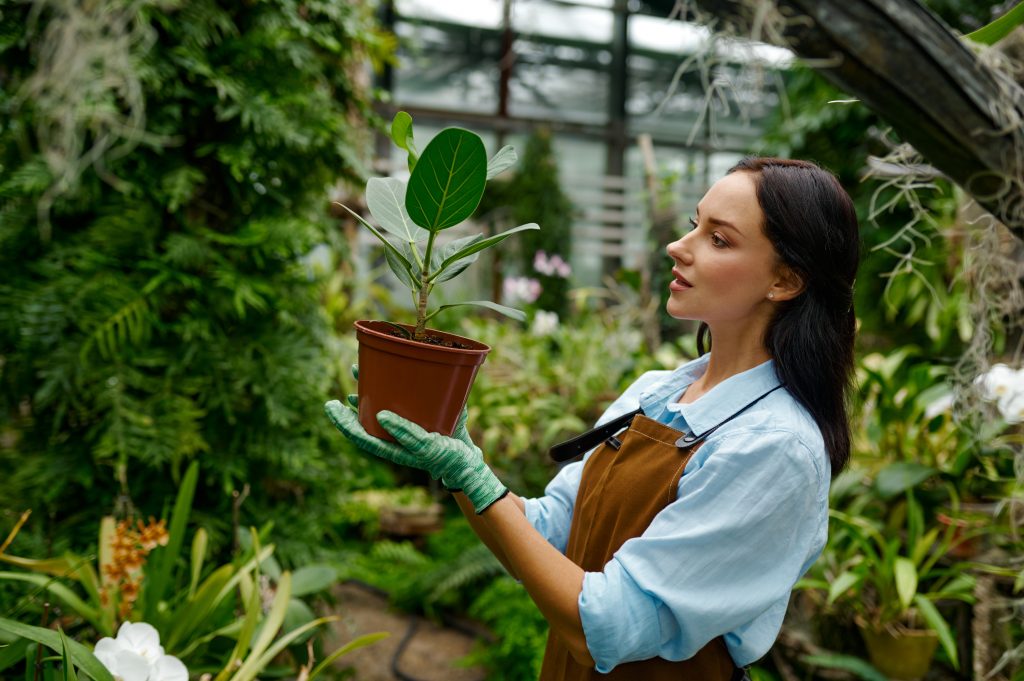
Preparing the Garden Bed and Compost Pile
Creating a sustainable garden starts with preparing the garden bed. Start by removing any weeds, stones, or debris from the area. If you’re planning to grow vegetables, make sure your soil is well-draining and fertile. You can do this by adding organic matter such as compost or aged manure. This will help to retain moisture and provide essential nutrients for your plants.
It’s also important to set up a compost pile in your garden. This is an easy way to recycle food waste and other organic materials into nutrient-rich soil for your plants. To start, create a pile of organic material such as leaves, grass clippings, food scraps, and garden waste on top of bare soil or mulch. Aerate it regularly with a pitchfork and keep it moist but not soggy. With time, this will break down into rich compost that can be used in your garden beds!
Creating or Purchasing Organic Matter for the Soil
Organic matter is essential to creating healthy, fertile soil for your garden. You can either create it yourself or purchase it from a gardening store.
Creating organic matter involves composting and mulching. Composting involves collecting organic waste such as food scraps, grass clippings, leaves, and other green materials. Place the material in a pile on top of bare soil or mulch and aerate it regularly with a pitchfork. With time, these materials break down into nutrient-rich organic matter that can be used in your garden beds.
If you don’t have time to compost, you can purchase organic matter from a garden store or online retailer. This can include manure, composted wood chips, peat moss, vermiculite, and more. Purchasing organic matter is an easy way to give your garden the nutrients it needs without having to do all the work yourself!
No matter which option you choose – creating or purchasing – adding organic matter to your soil will help improve its quality and provide essential nutrients for your plants. So don’t forget this important step when planning out your sustainable garden!
Planning Where to Place the Compost Pile
When planning a sustainable garden, one of the most important steps is deciding where to place your compost pile. A good location for your compost pile should be easy to access and have plenty of airflow. You should also avoid placing it in direct sunlight, as this can cause the organic matter to dry out quickly and be less effective.
If you’re short on space, you can use an enclosed composting bin or tumbler instead. These bins allow air to pass through while keeping pests away, making them ideal if you’re tight on space. And they’re easy to move around too!
Your compost pile should be placed away from any standing water sources and close enough to the garden so that it’s easy to transport the finished compost back and forth. If your garden is large, try placing several smaller piles throughout it so that it’s easier for you to access them all.
Once you’ve chosen a spot for your compost pile, don’t forget to keep adding organic materials such as food waste and yard trimmings over time. With regular maintenance, you can create nutrient-rich soil that will help make your garden more sustainable for years to come!
Setting Up Homemade Compost Bins or Containers
Creating a homemade compost bin or container is an easy and affordable way to help make your garden more sustainable. Not only are these bins great for breaking down organic materials like food scraps, but they can also be used as a source of nutrient-rich soil for your plants and vegetables. Plus, you’ll be helping reduce landfill waste at the same time!
When setting up your compost bin, you’ll need to choose a spot that allows for plenty of airflow and won’t get too hot in direct sunlight. You should also avoid placing it too close to any standing water sources. Once you’ve chosen the perfect spot, you can start filling it with organic materials such as food waste and yard trimmings. Make sure to add some soil or worms every now and then to help kickstart the decomposition process.
You may also want to invest in a kitchen compost bin so that it’s easier to transport food scraps from inside your home directly into the compost pile. This will help reduce the amount of trips you have to make back and forth each time you need to add new materials! With regular maintenance, you can create nutrient-rich soil that will help make your garden more sustainable for years to come.
Utilizing Sustainable Gardening Methods, Materials, and Practices
Creating a sustainable garden is an important step in reducing your carbon footprint and helping to protect the environment. Sustainable gardening methods, materials, and practices can help you create a garden that has minimal impact on the planet while still providing a rewarding experience.
For starters, utilizing organic matter like compost or manure is essential for maintaining healthy soil quality and promoting fertility. This will help reduce the need for synthetic fertilizers which can damage soil health over time. Planting native plant species will also help attract beneficial wildlife to your garden and provide much-needed habitat for local species. Additionally, using mulch or ground covers will help prevent water evaporation from your soil as well as reduce weeds and pests.
Finally, sustainable gardening also means being mindful of how you dispose of your garden waste. Composting is an excellent way to turn kitchen scraps and yard trimmings into nutrient-rich fertilizer for your plants without having to use chemical fertilizers. By taking all these measures, you can create a beautiful flower or vegetable garden with a positive impact on the environment!
Creating a sustainable garden is not only beneficial for the environment, but it can also be a rewarding and enjoyable experience. With the right materials and methods, you can create a beautiful oasis that has minimal impact on the planet.
Growing Vegetables and Flowers in Your Sustainable Garden
Growing vegetables and flowers in your sustainable garden is a great way to create a beautiful oasis that has minimal impact on the environment. With a wide variety of edible, ornamental, and medicinal plants available, you can create an aesthetically pleasing garden that also provides food for you and your family.
When selecting vegetables and flowers for your garden, opt for organic varieties whenever possible. This will ensure that the plants are grown without the use of synthetic fertilizers or pesticides, reducing their environmental impact. Additionally, it’s important to consider how much water each plant needs before planting; some plants may require more frequent watering than others so choose accordingly.
Composting is also essential for creating healthy soil which will support healthy plant growth and development. You can easily create your own compost pile using yard trimmings, food scraps, and other organic matter. The resulting nutrient-rich fertilizer will help keep your garden beds happy!
Finally, it’s important to be mindful of the season when choosing which vegetables and flowers to grow in your sustainable garden; certain plants may not do as well in certain climates due to temperature or precipitation levels. By taking these measures into consideration you can create a thriving vegetable and flower garden with minimal environmental impact!
By utilizing organic materials and composting, you can create a beautiful and sustainable garden that is both aesthetically pleasing and environmentally friendly. So get out there and start growing! And if you want to take your sustainability efforts one step further, you can reduce food waste with a sustainable garden by learning how to preserve, store, and reuse produce in creative ways.
Reducing Food Waste with a Sustainable Garden
Reducing food waste with a sustainable garden is essential for creating a healthy and environmentally friendly landscape. By using composting, organic materials, and proper storage techniques, you can greatly reduce the amount of food that ultimately ends up in the garbage. Composting is an easy way to turn food scraps into nutrient-rich fertilizer for your garden beds. Additionally, by planting native species you can ensure that they are well adapted to your local climate and require less water and maintenance than non-native plants. Finally, you can create creative ways of storing vegetables such as making homemade pickles or jams to extend their shelf life.
By taking these measures into consideration you can drastically reduce the amount of food waste in your home while also creating a beautiful and sustainable garden. Plus, these methods will have a positive impact on your wallet; less food wasted means more money saved!
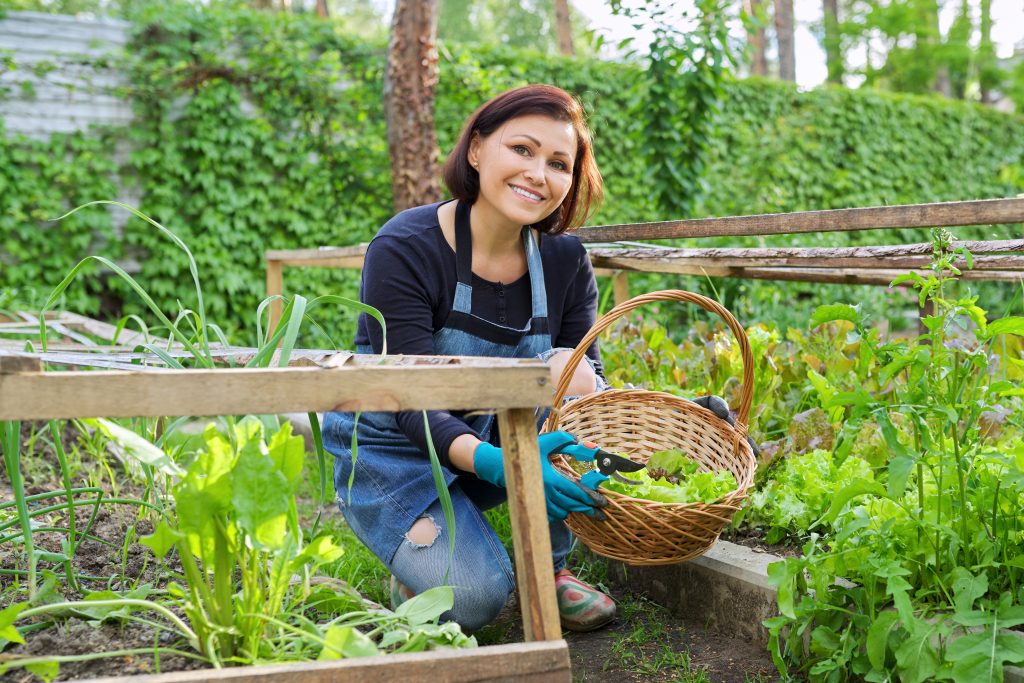
Conclusion
All in all, creating a sustainable garden is an easy and rewarding process that will benefit both you and the environment. Utilizing organic materials, composting, and native plants are all simple steps that can help create a beautiful oasis with minimal impact on the planet. Additionally, by reducing food waste with creative storage methods, you can ensure that your garden is not only good for the environment but also great for your wallet . So get out there and start growing!

